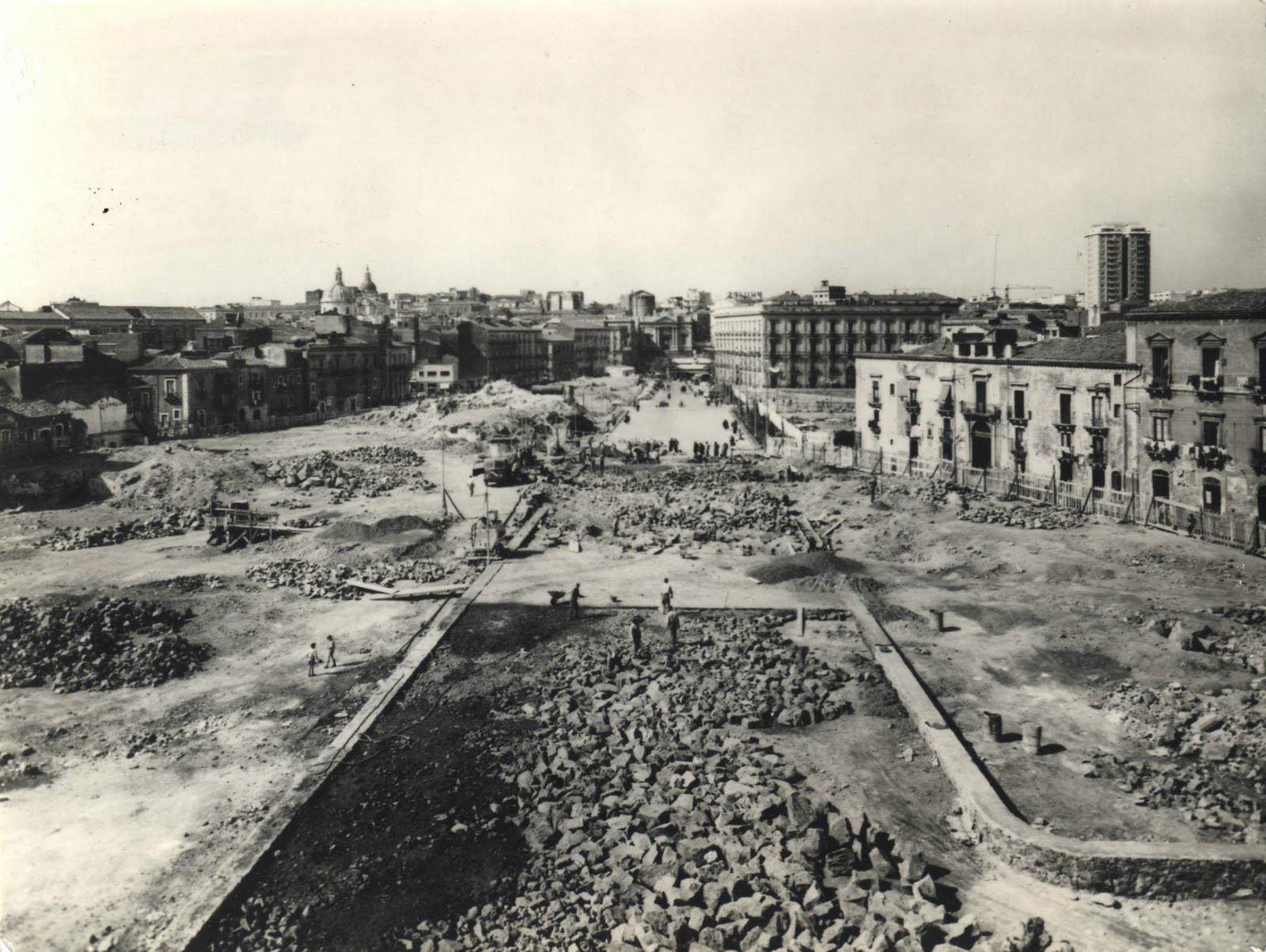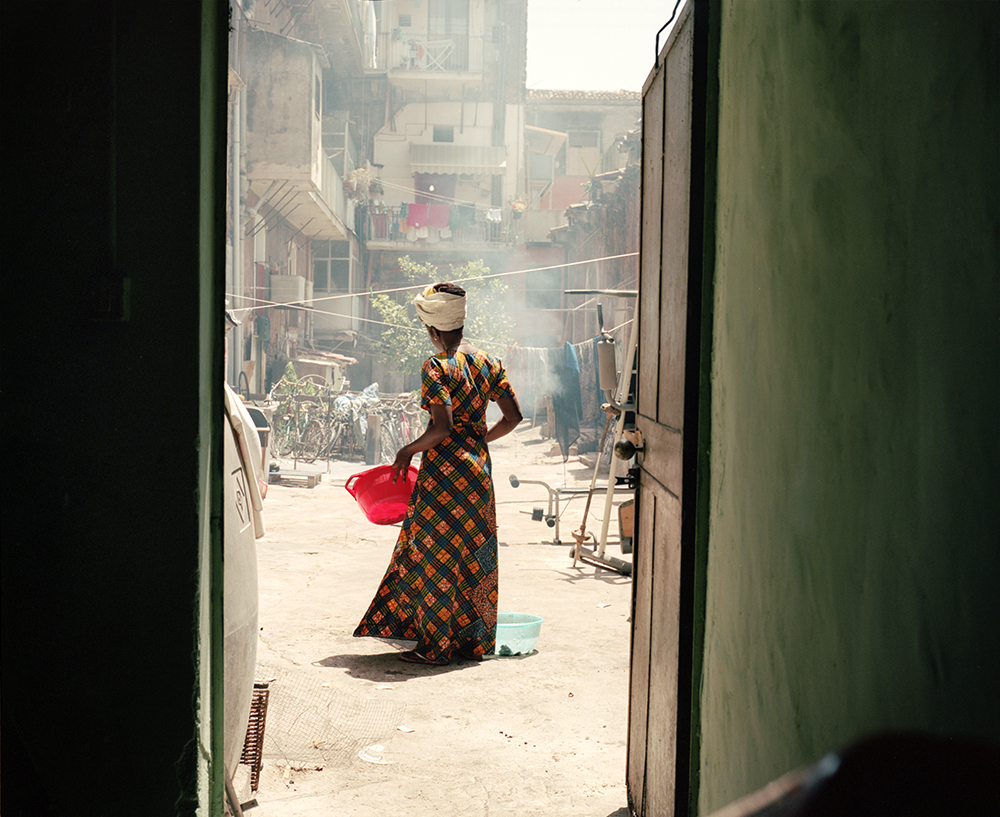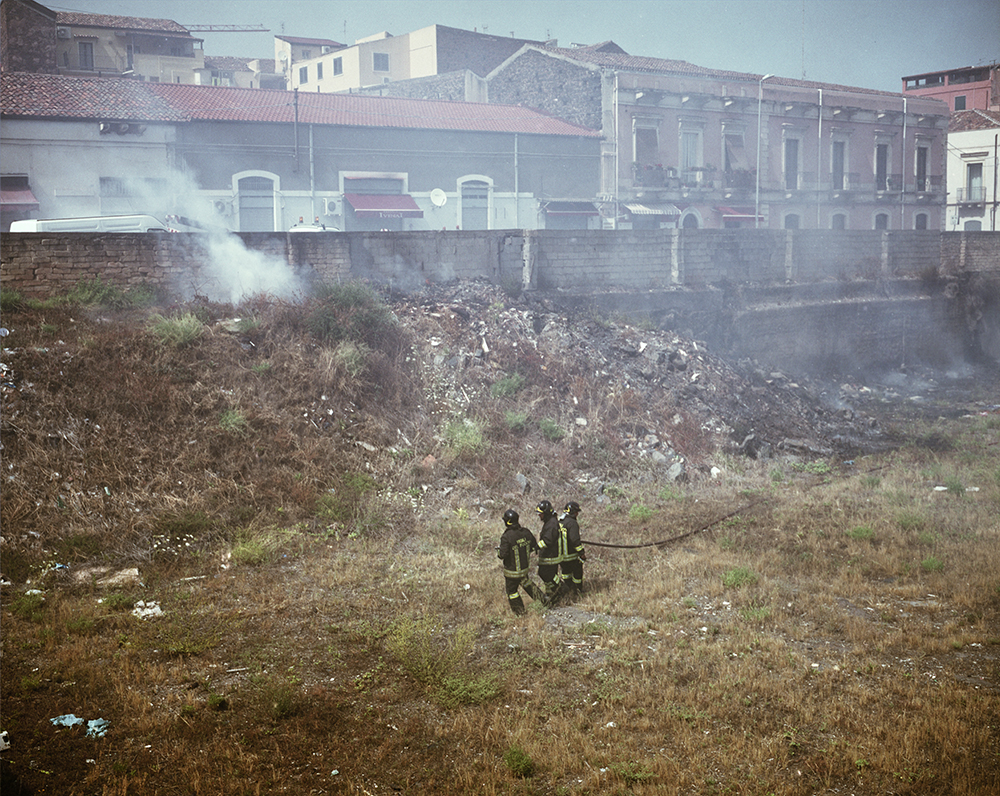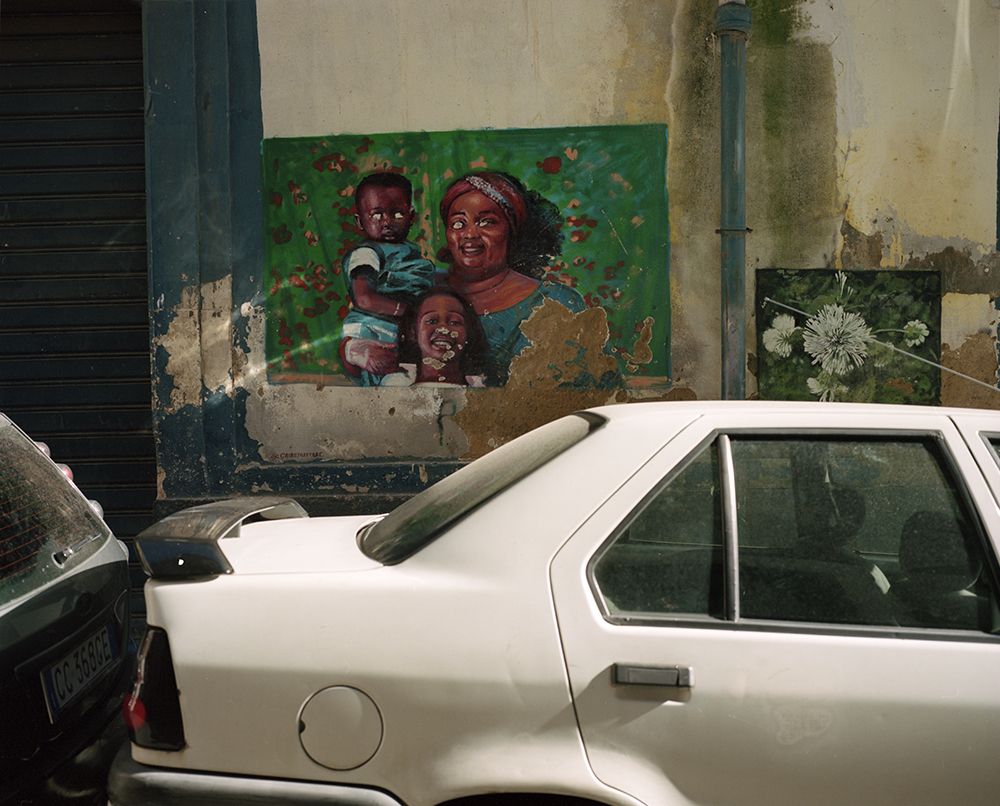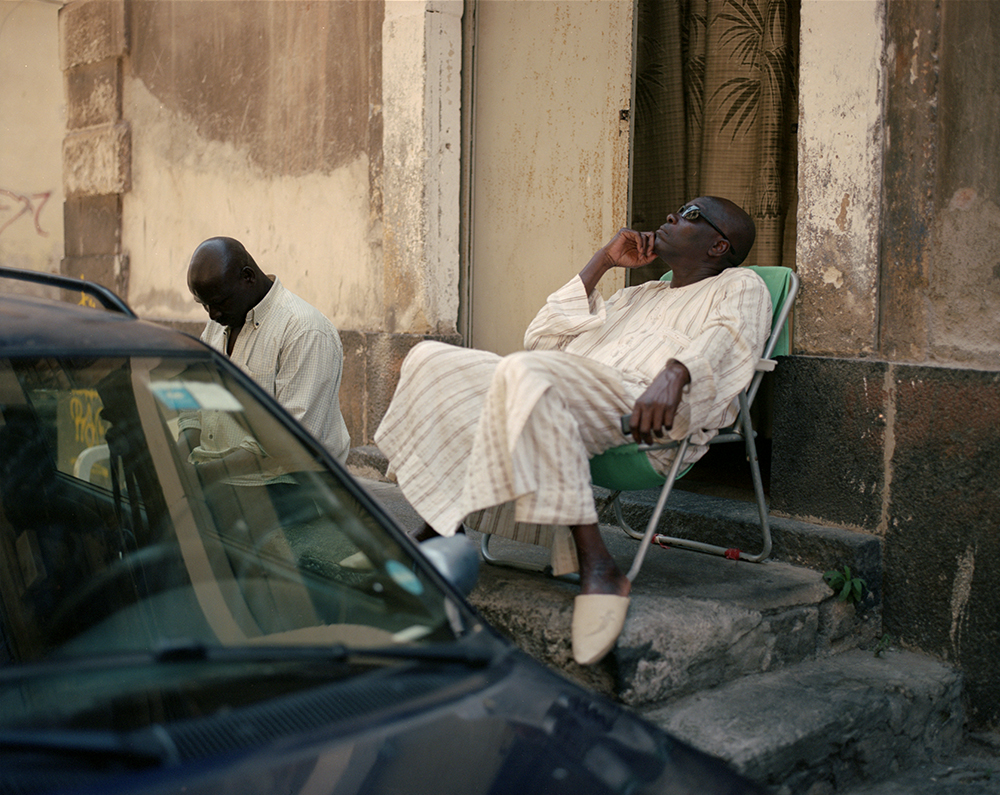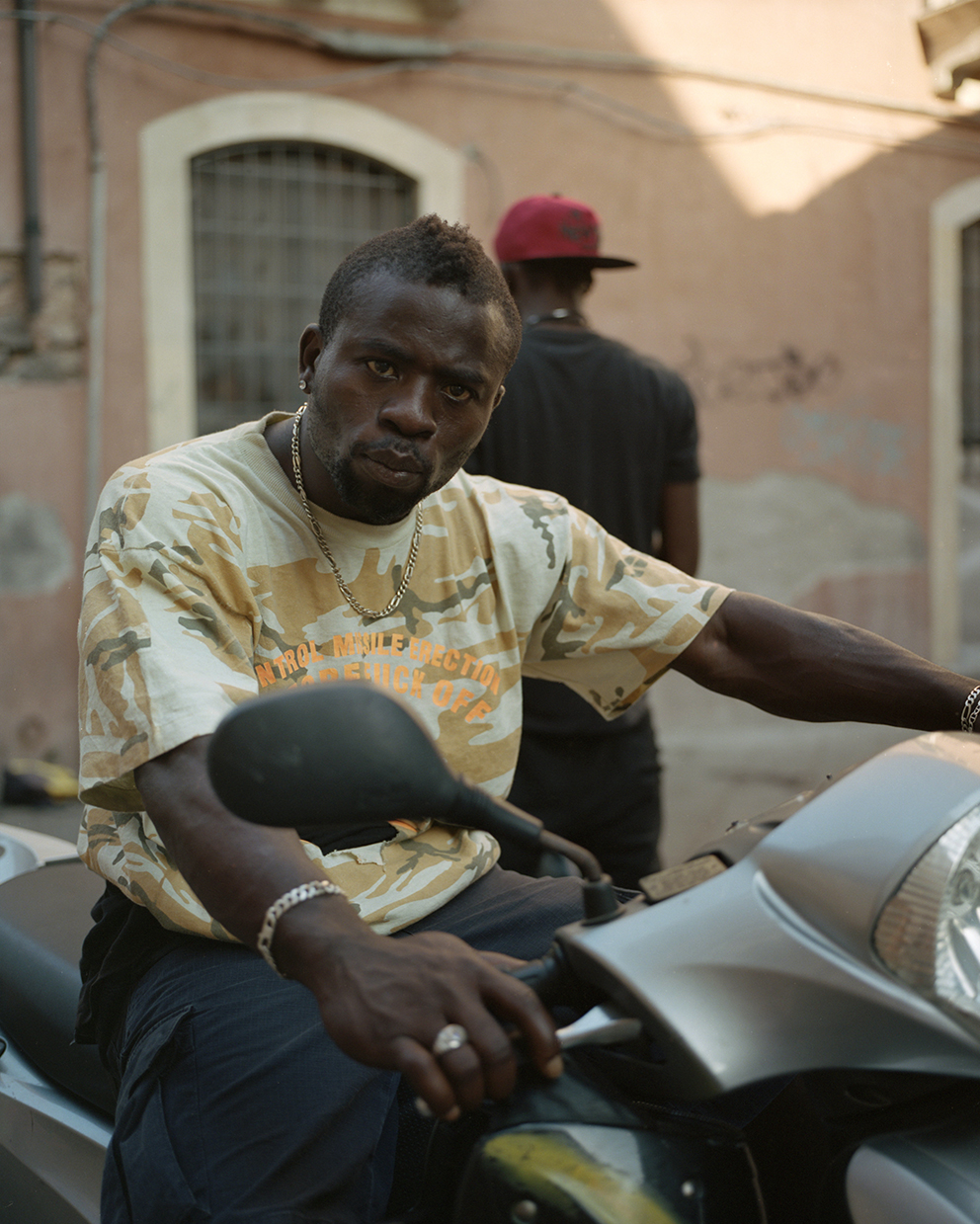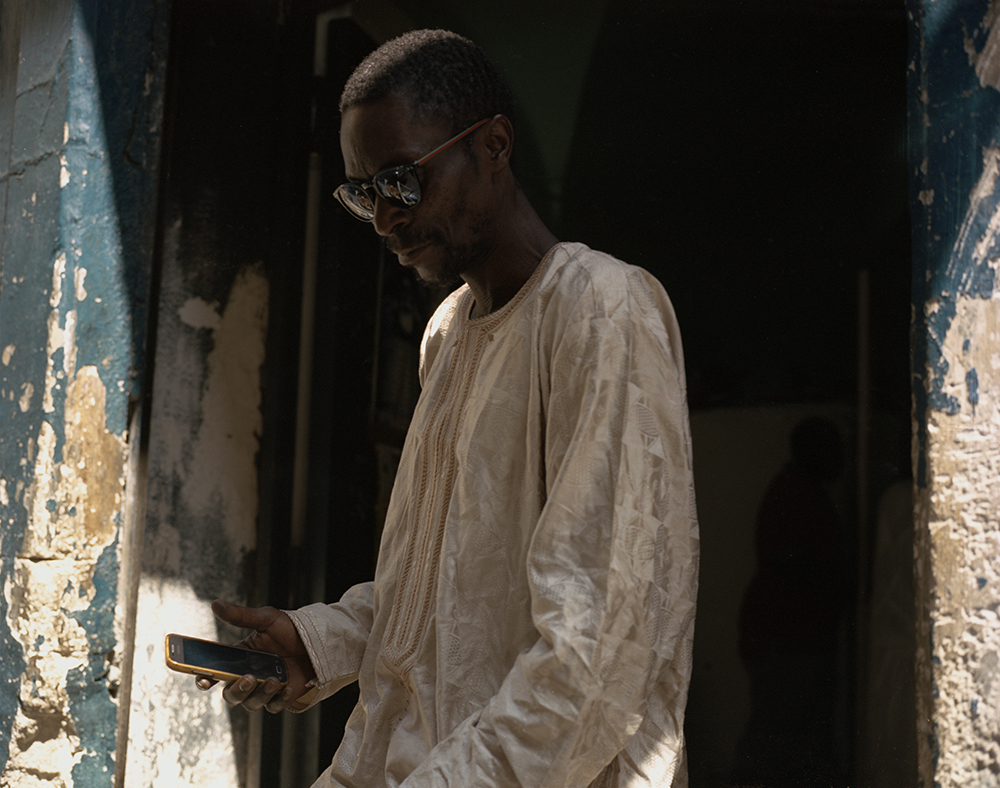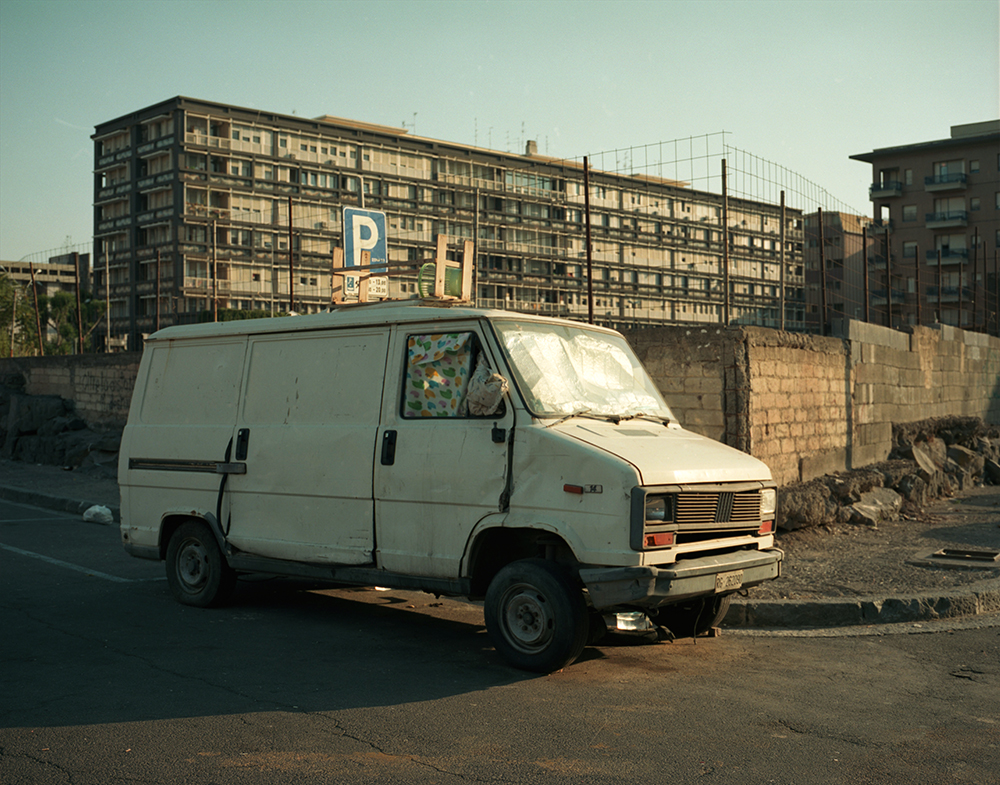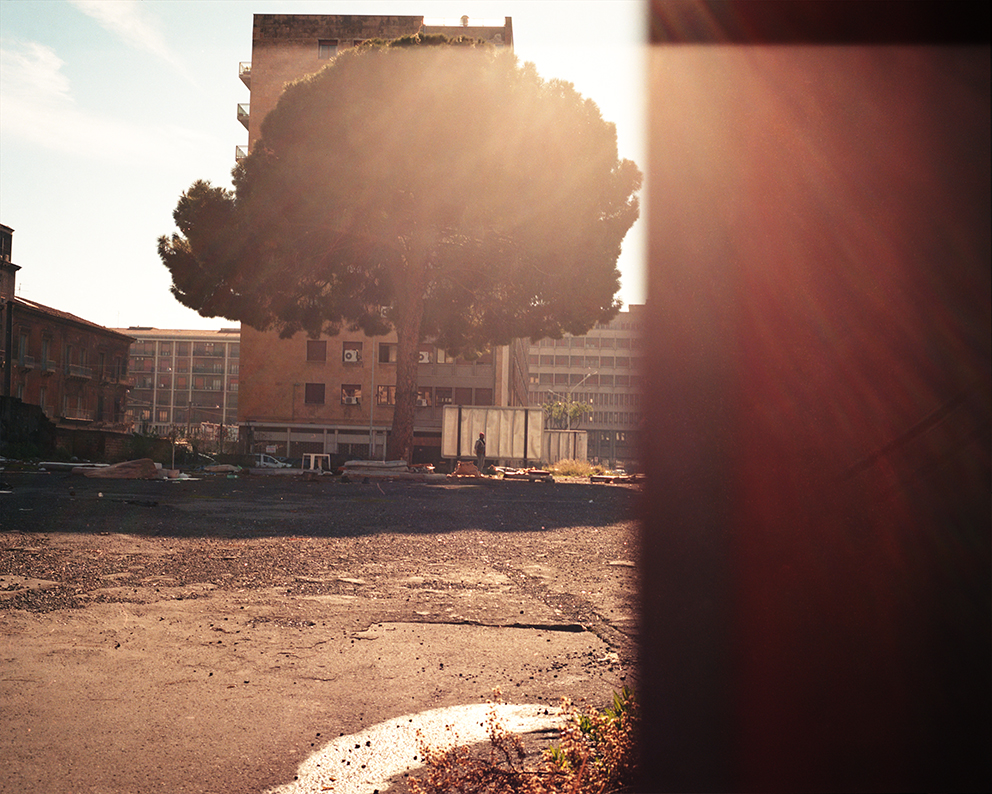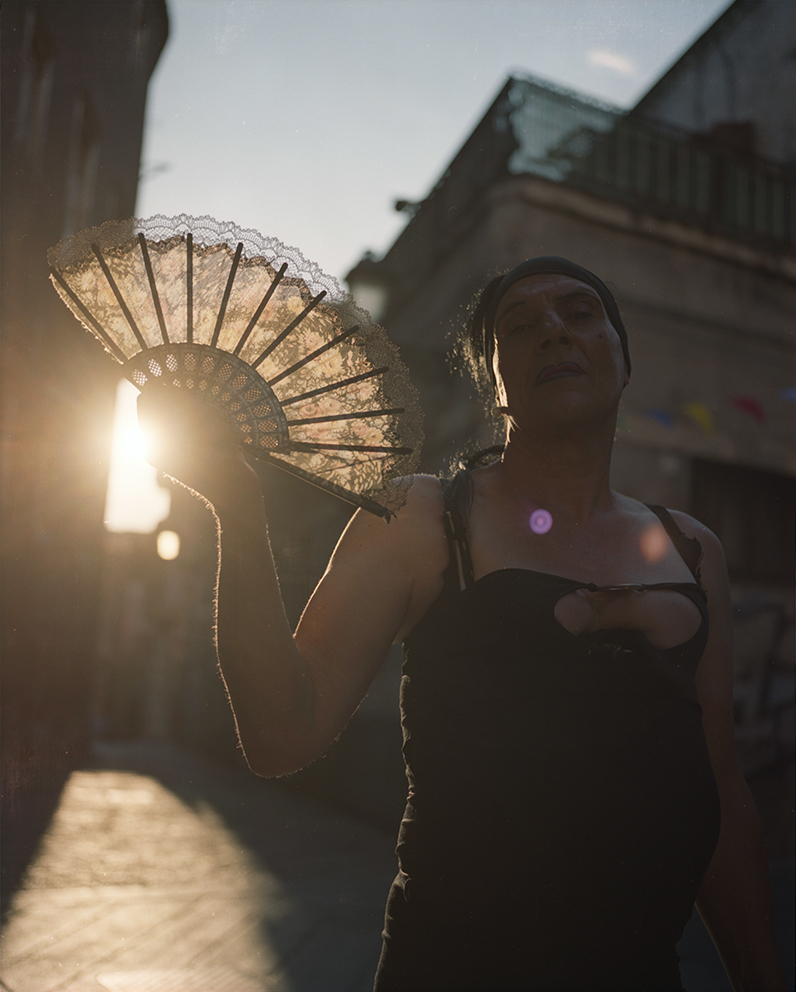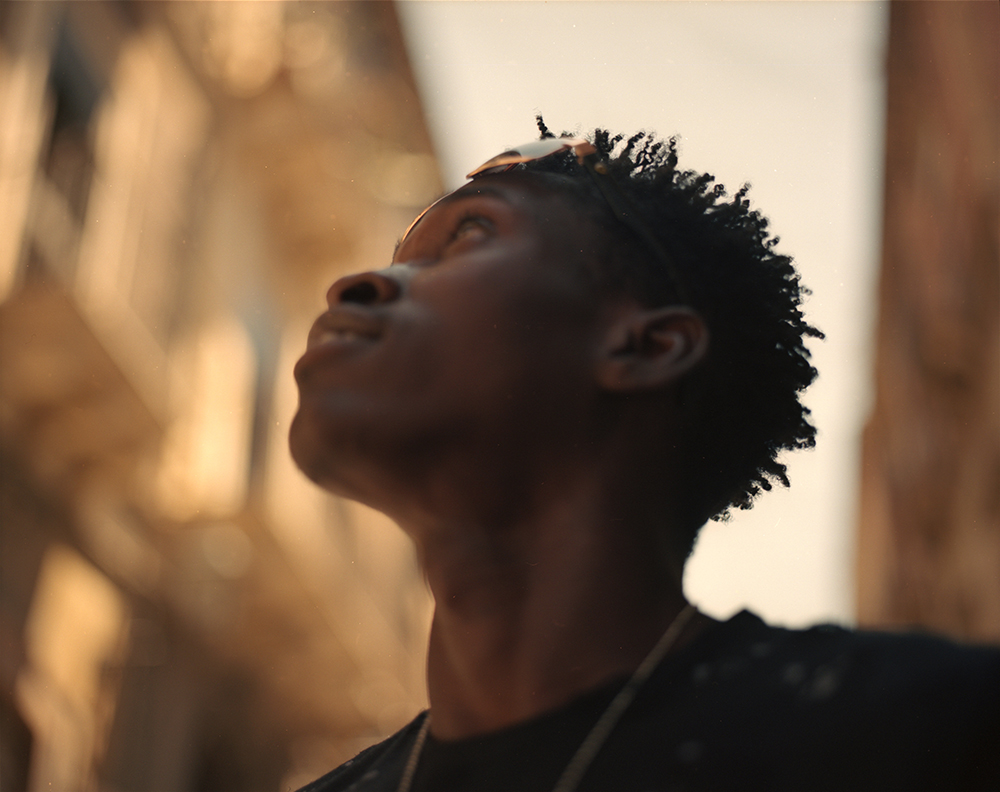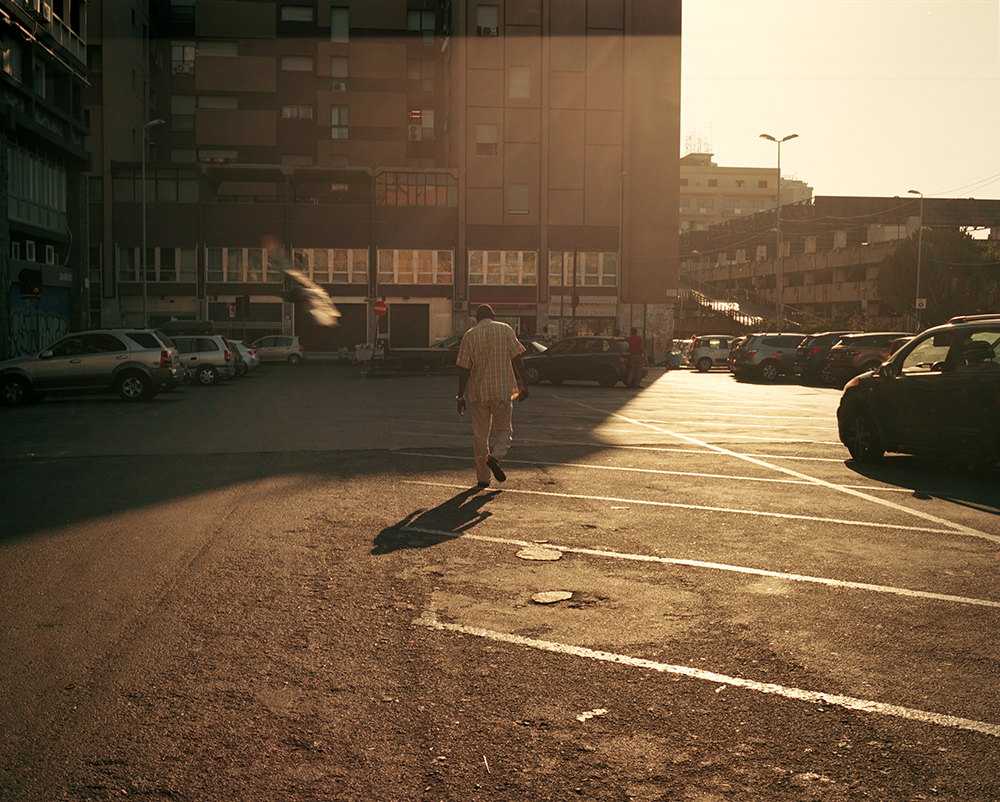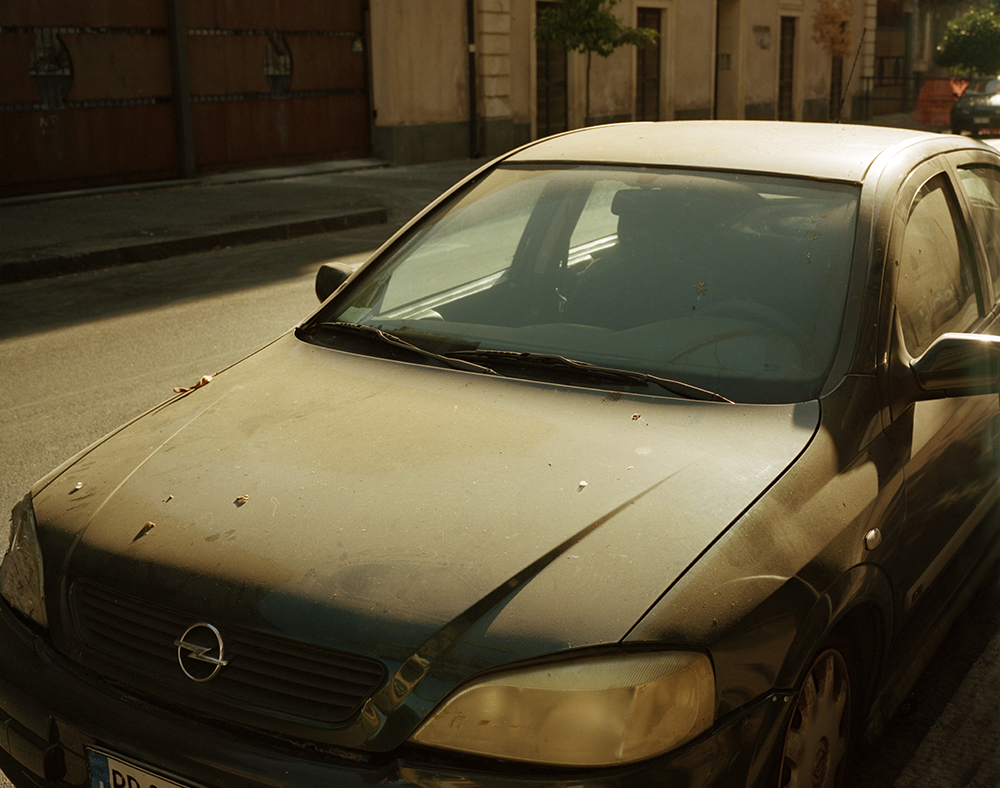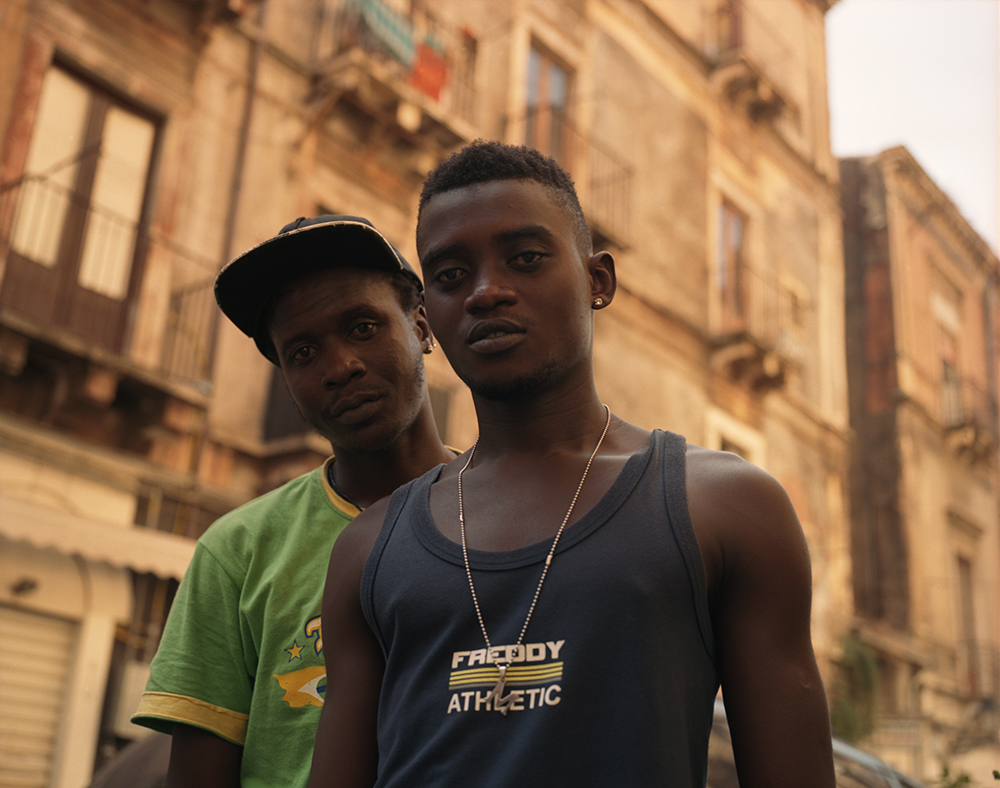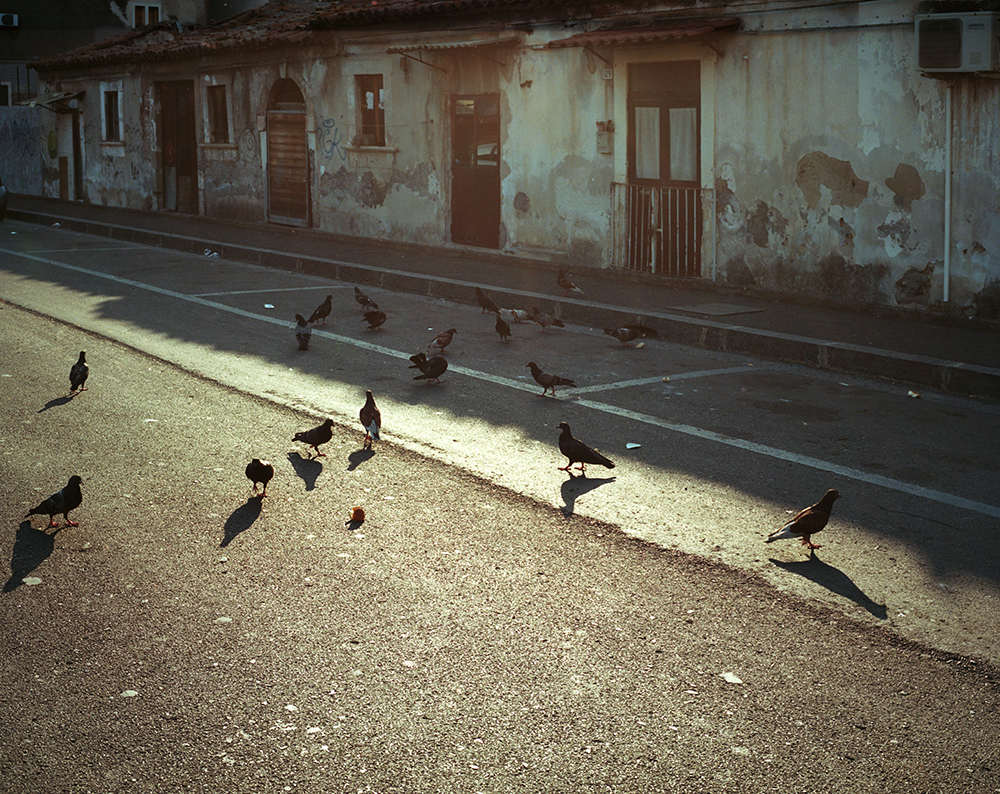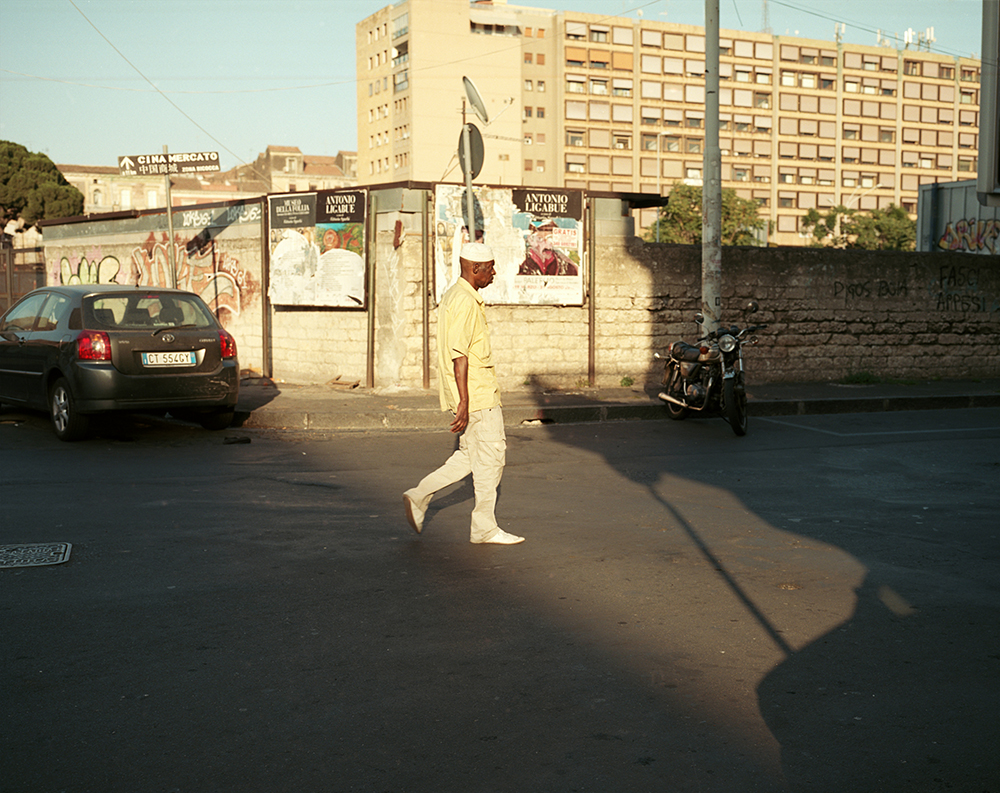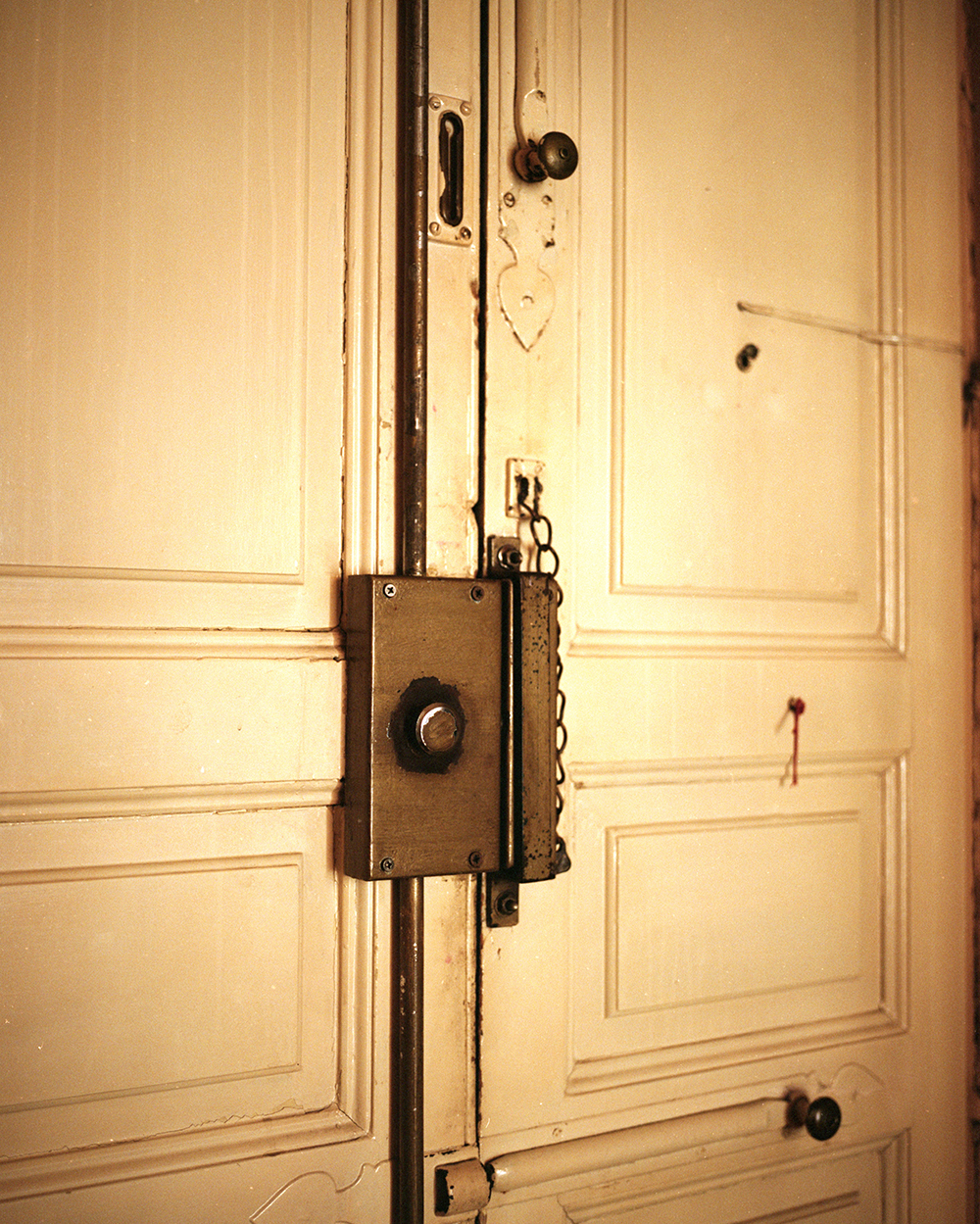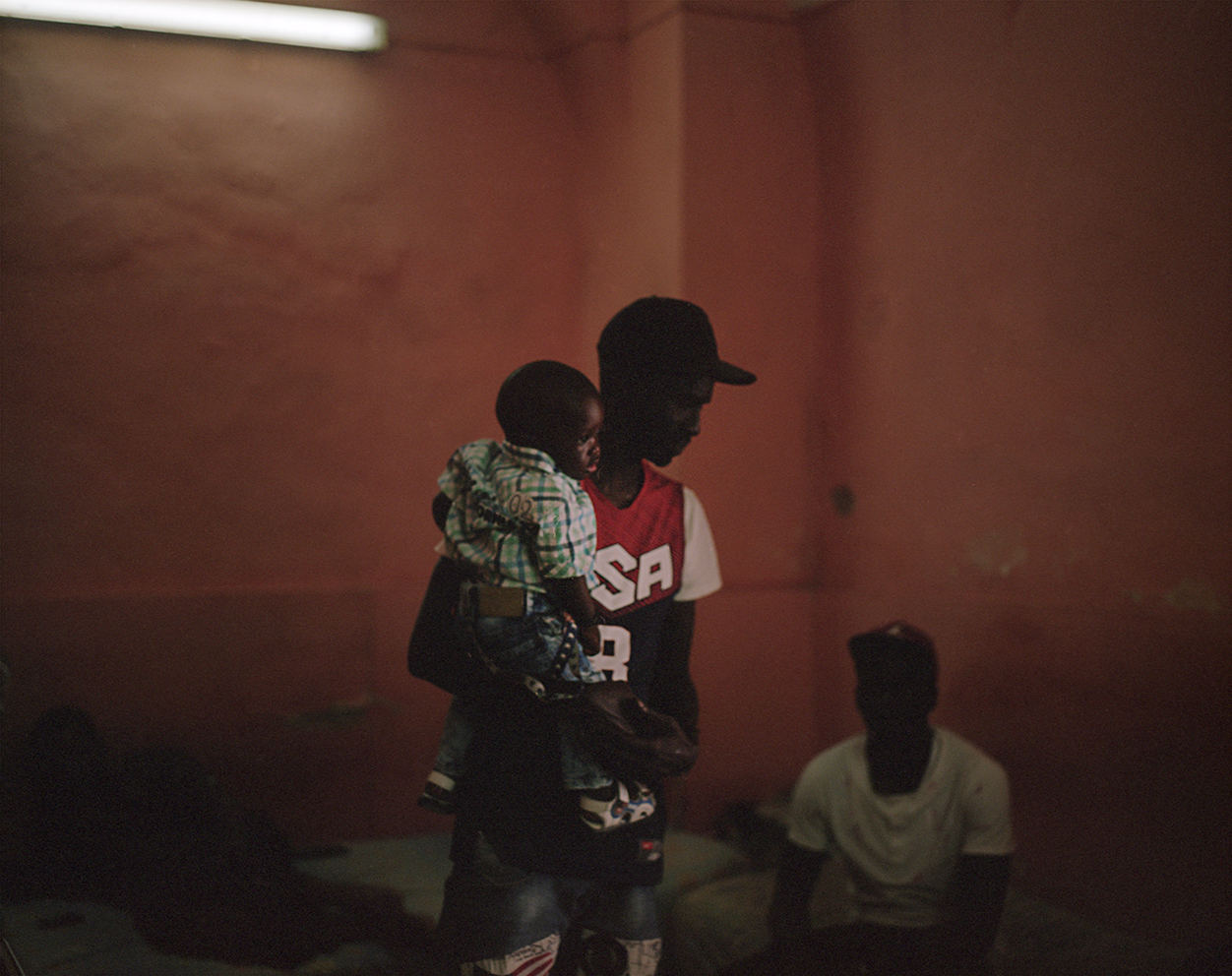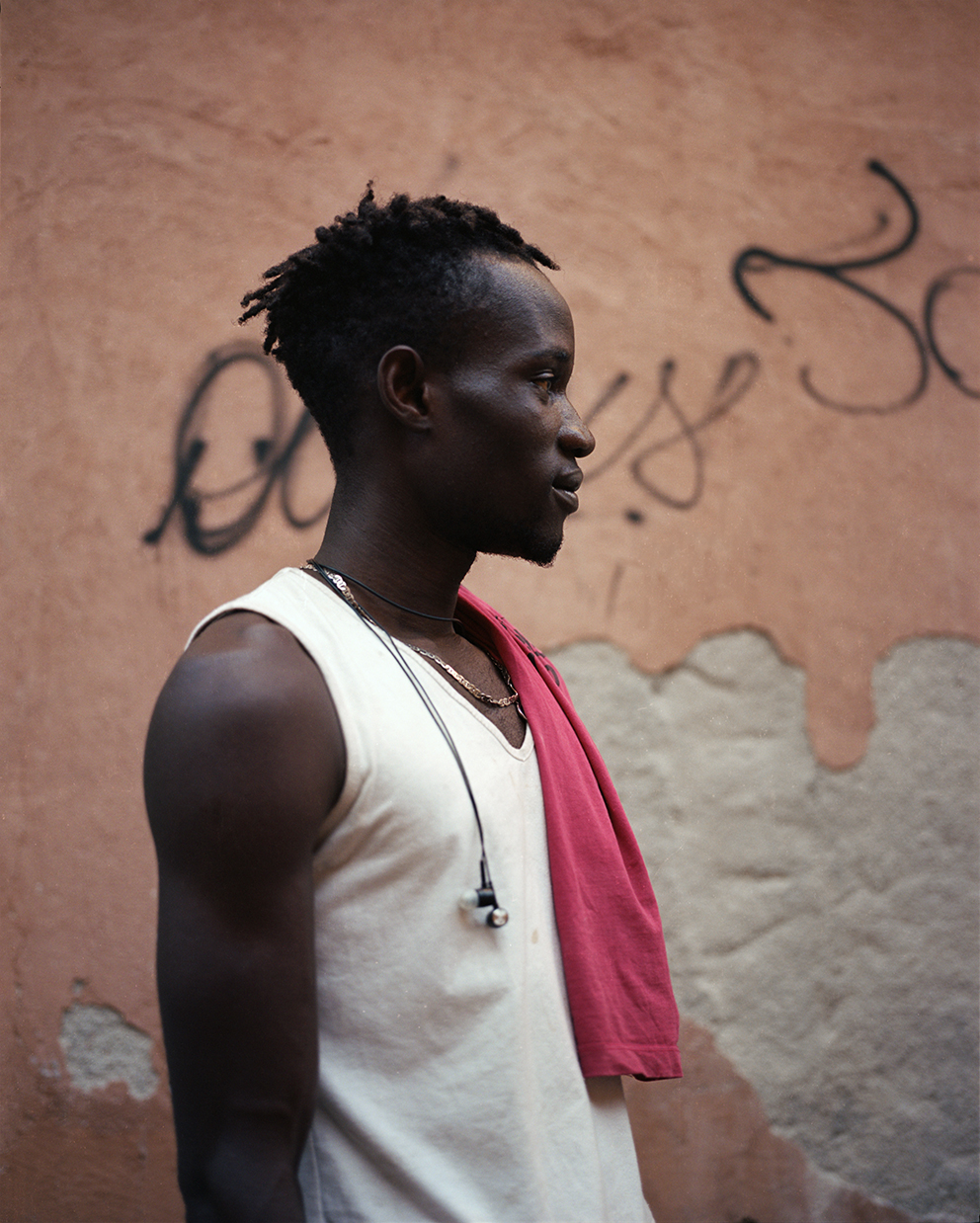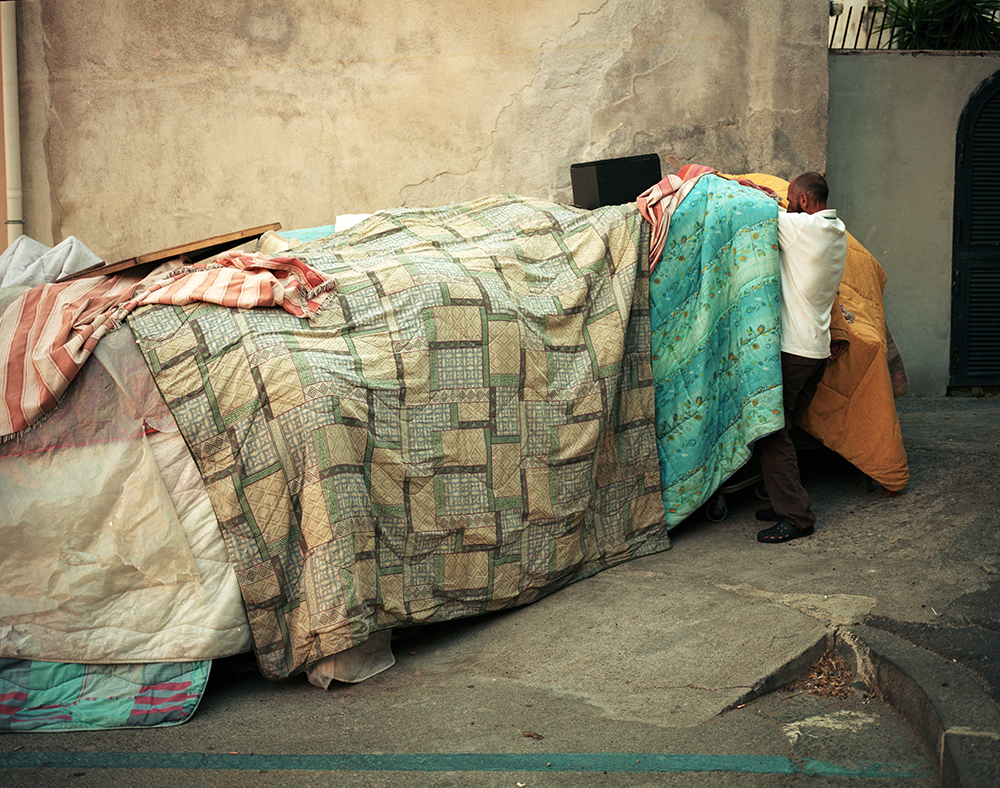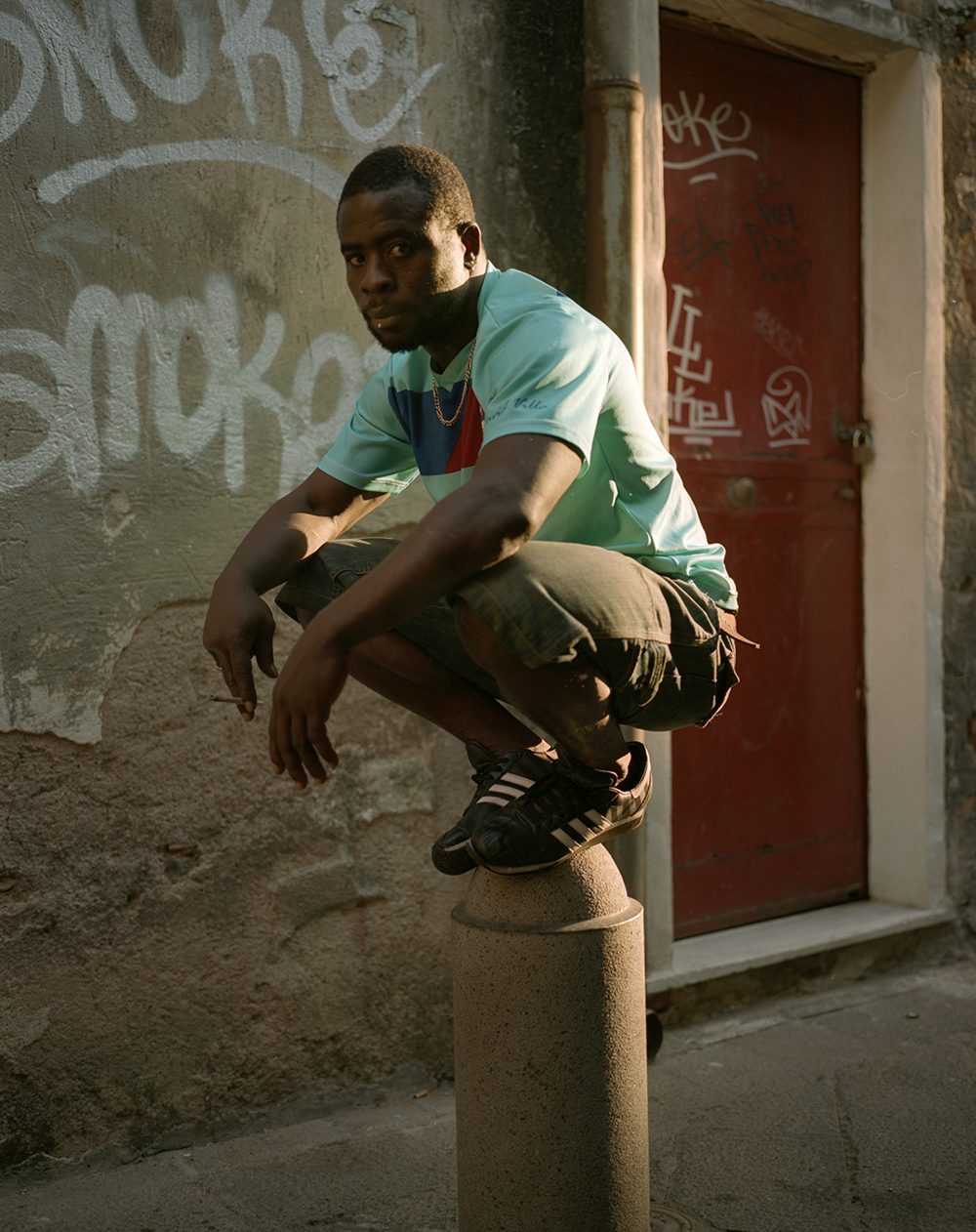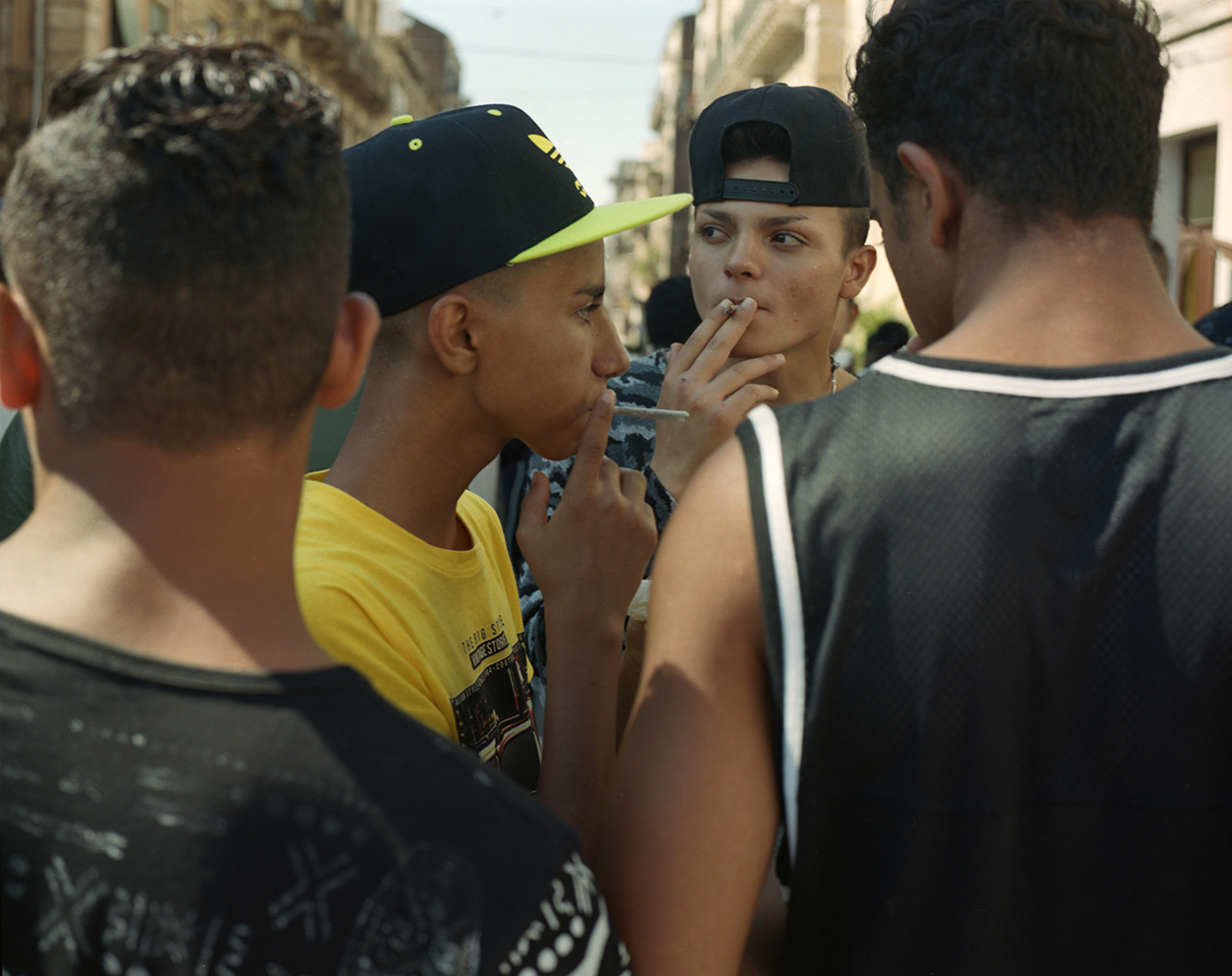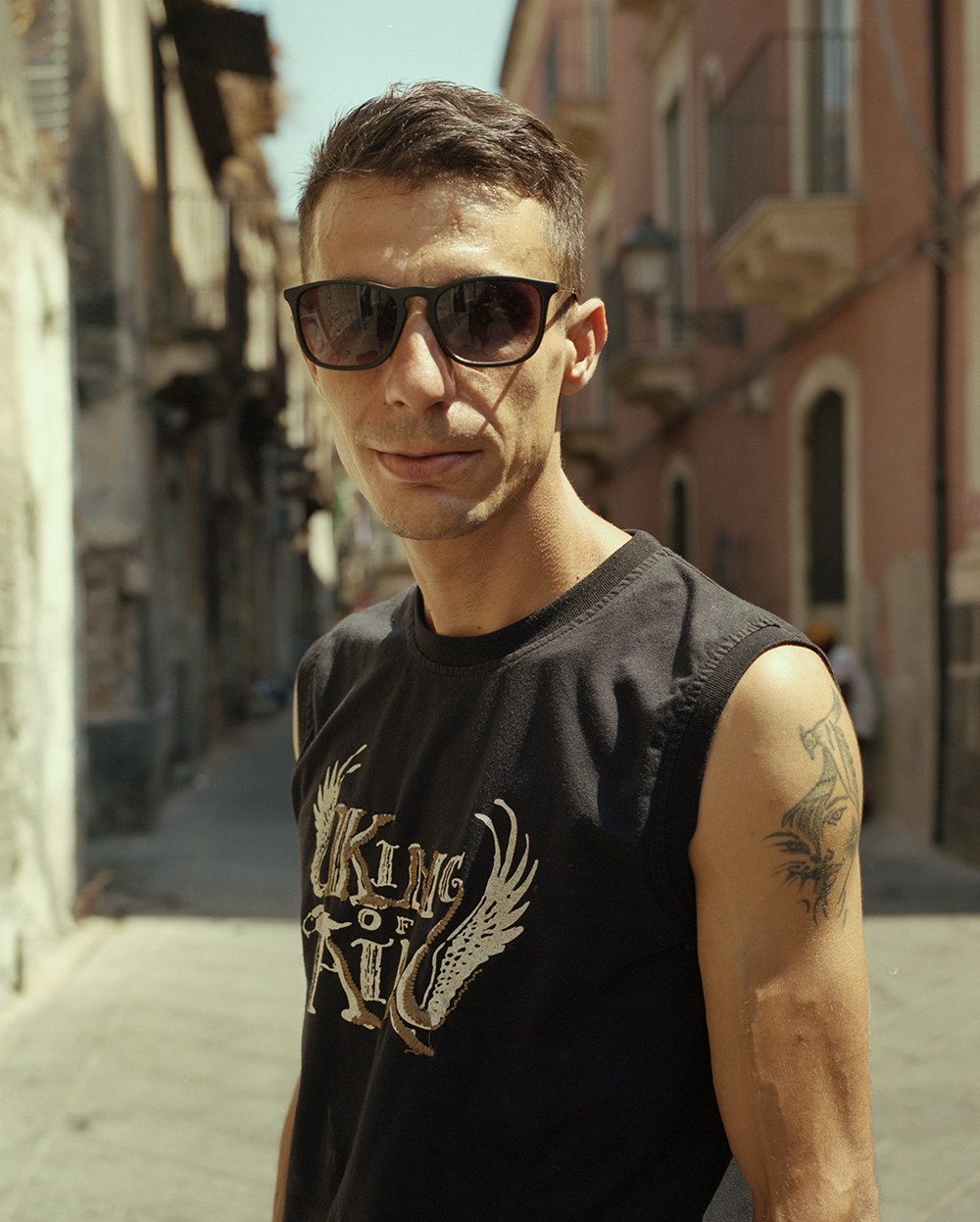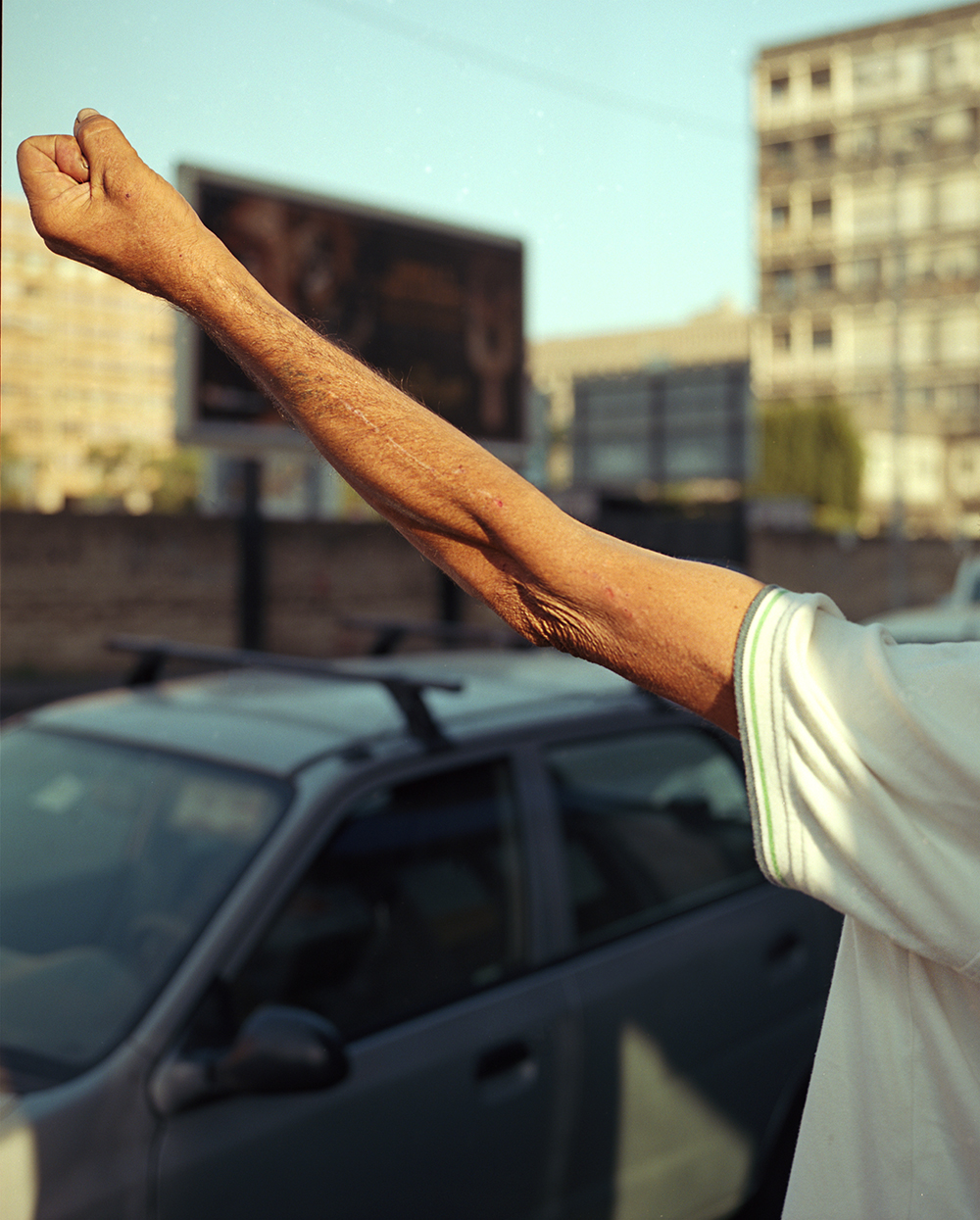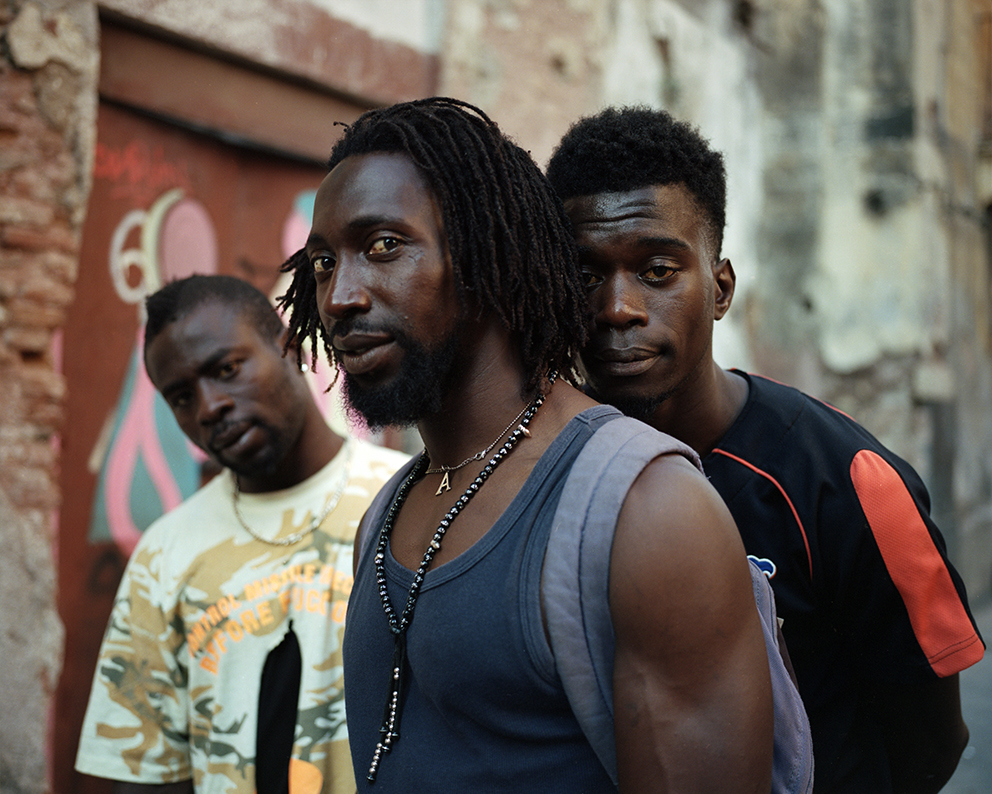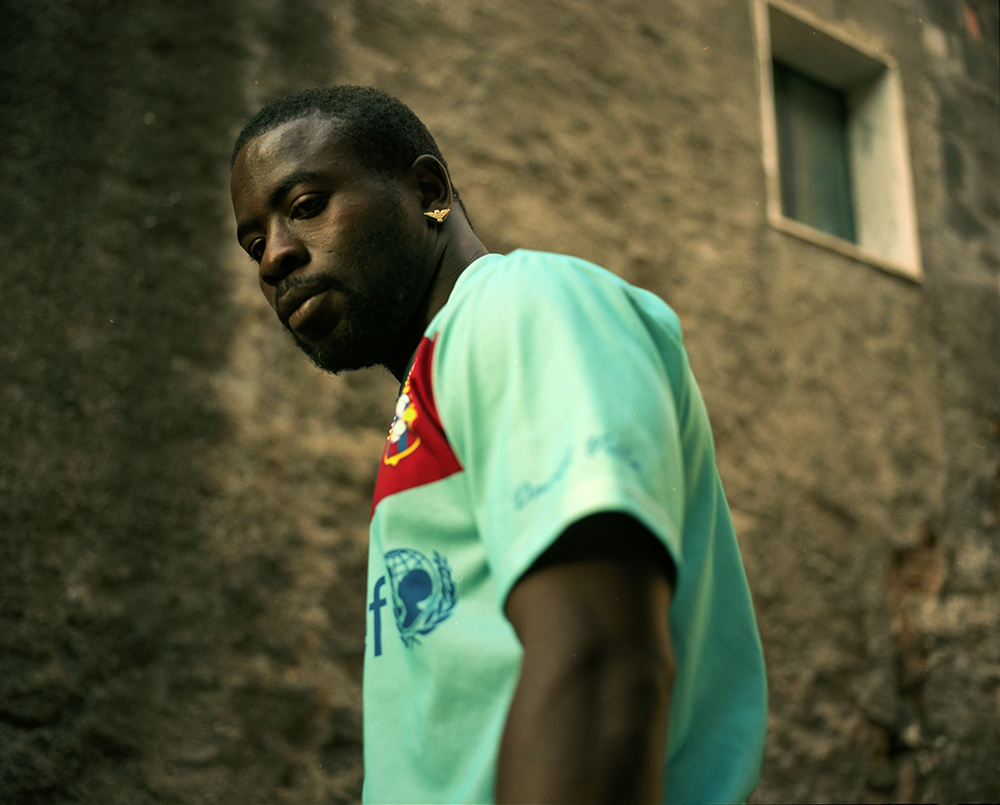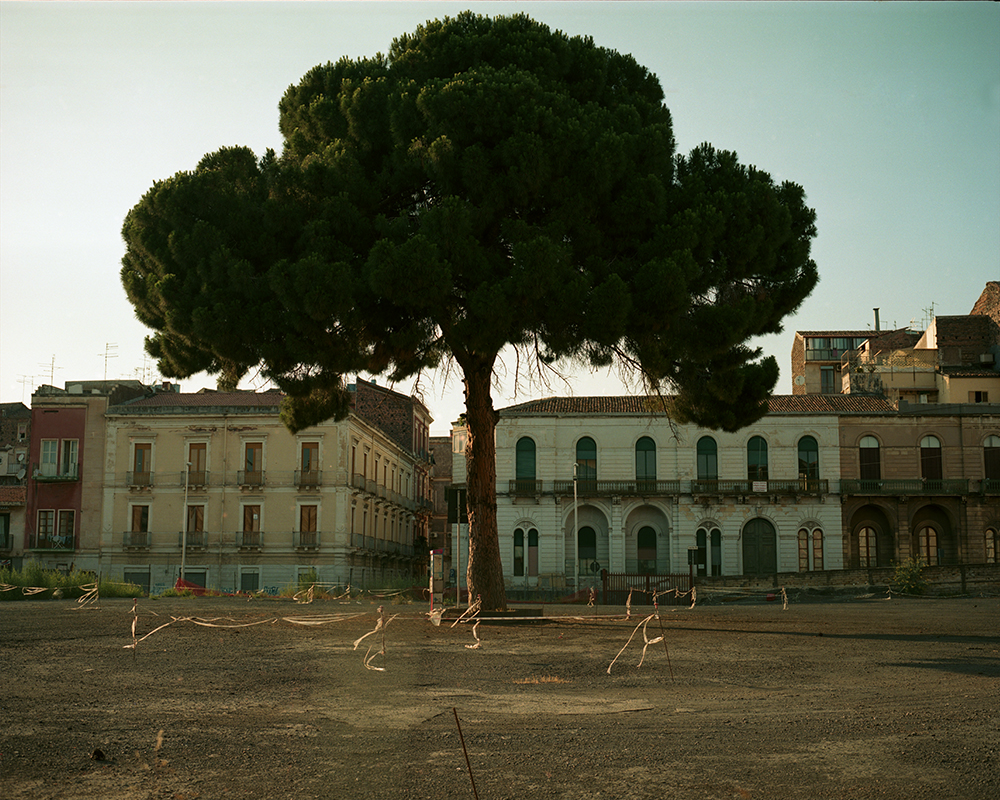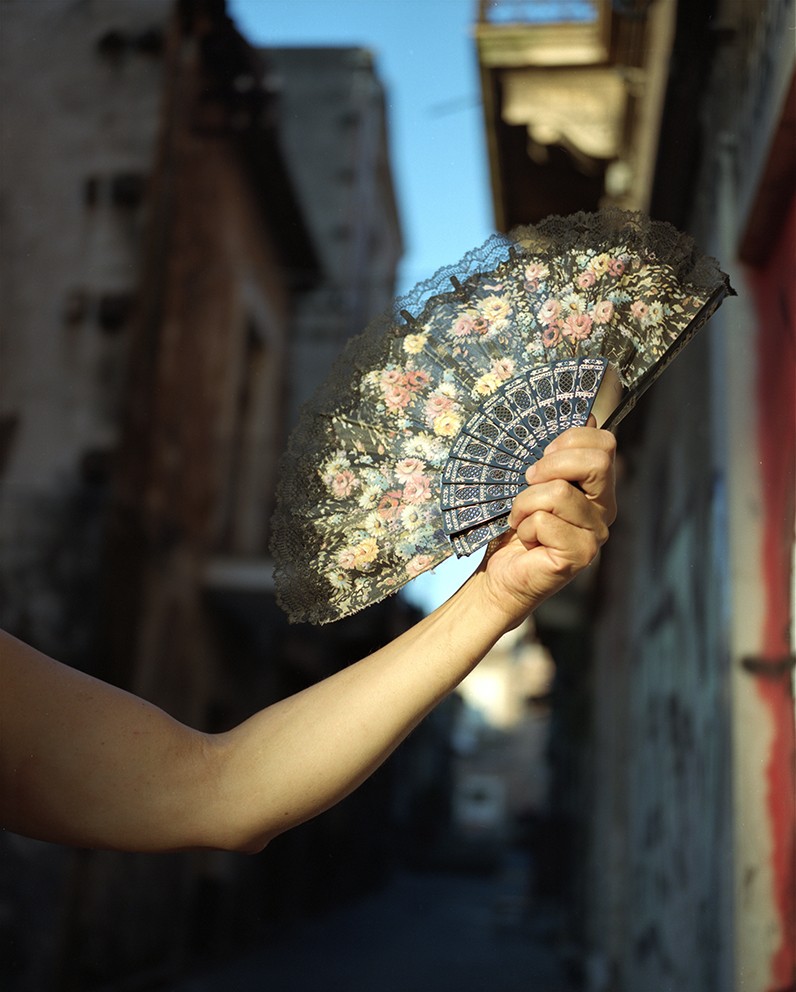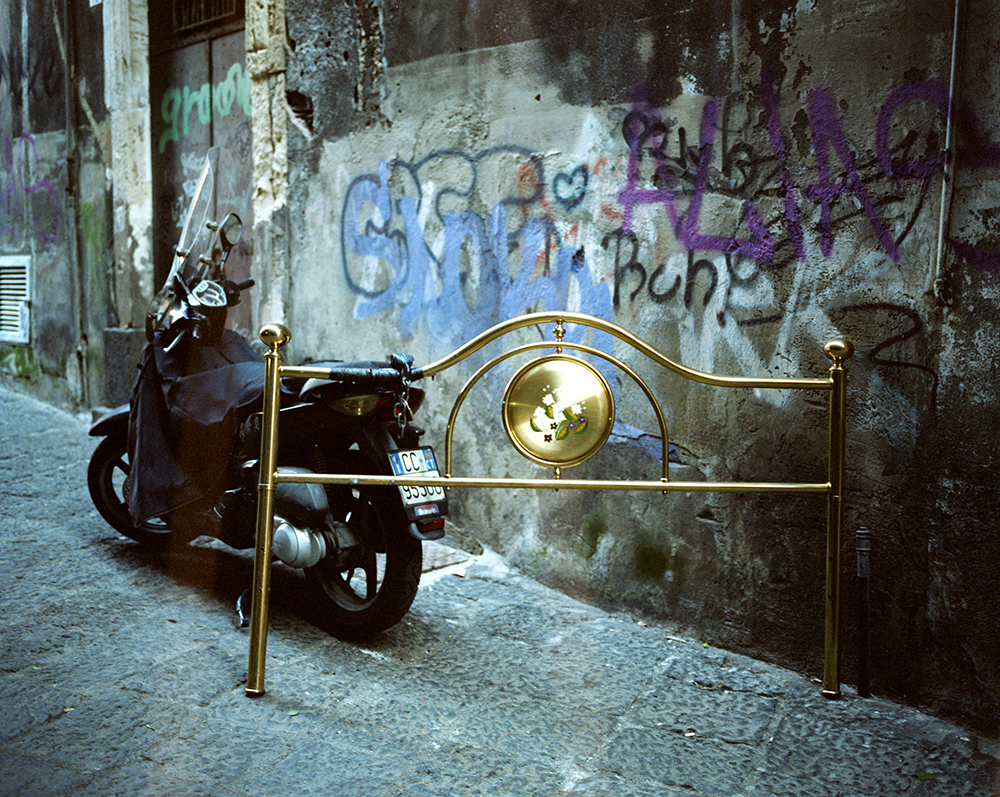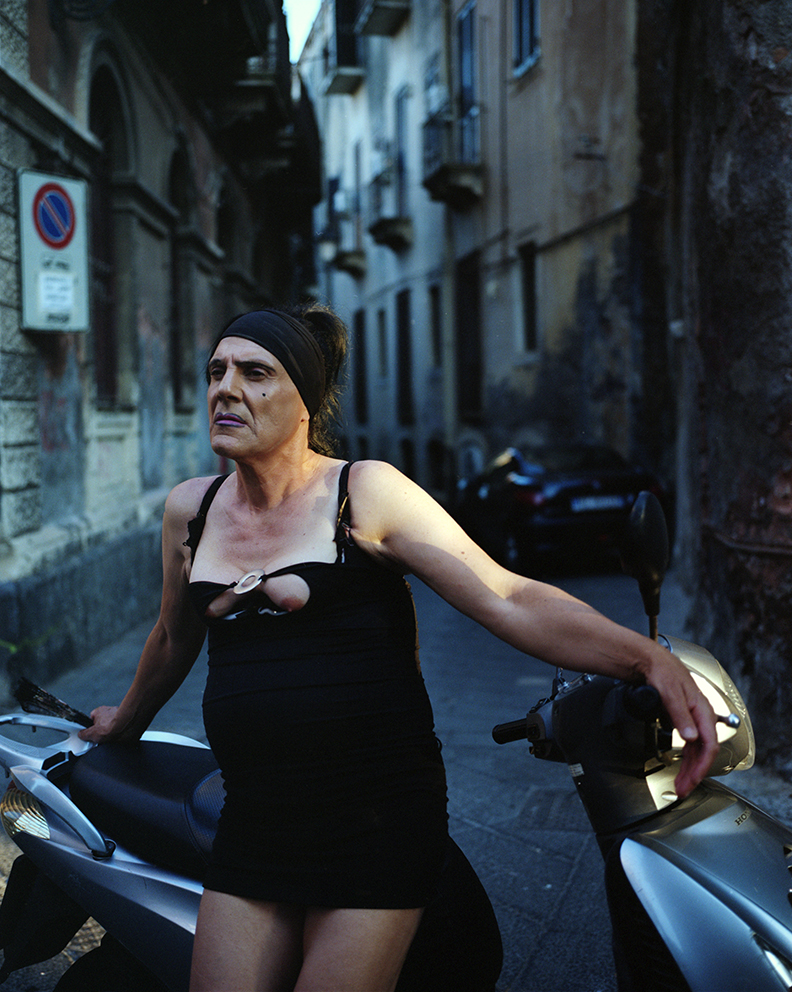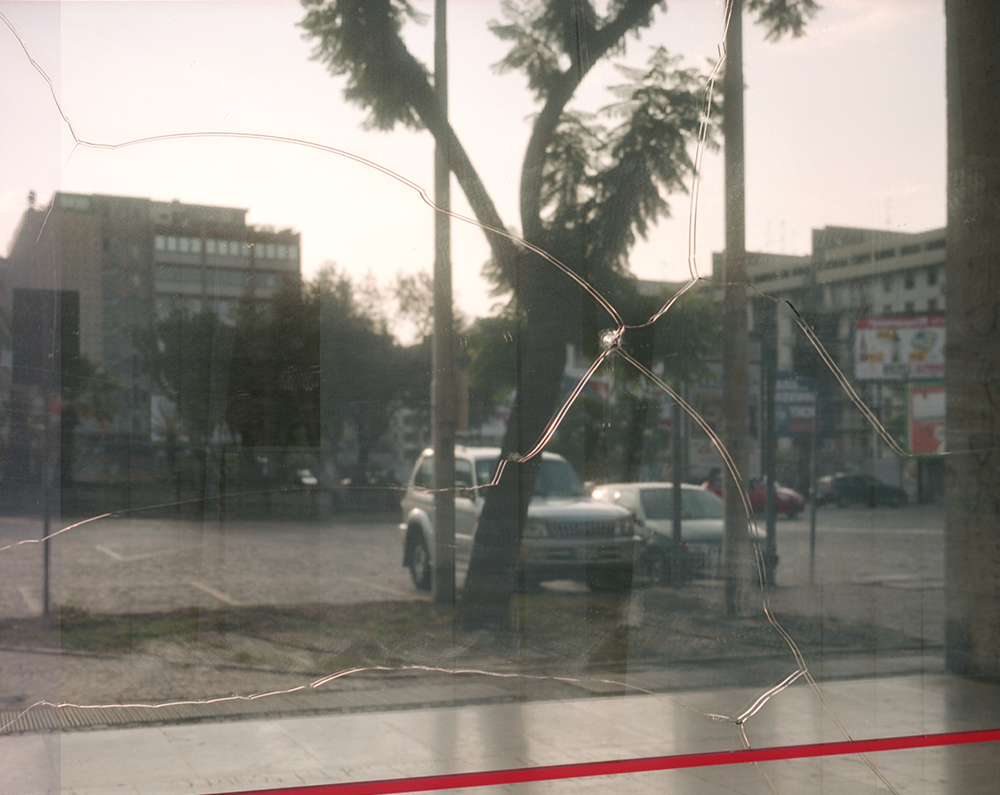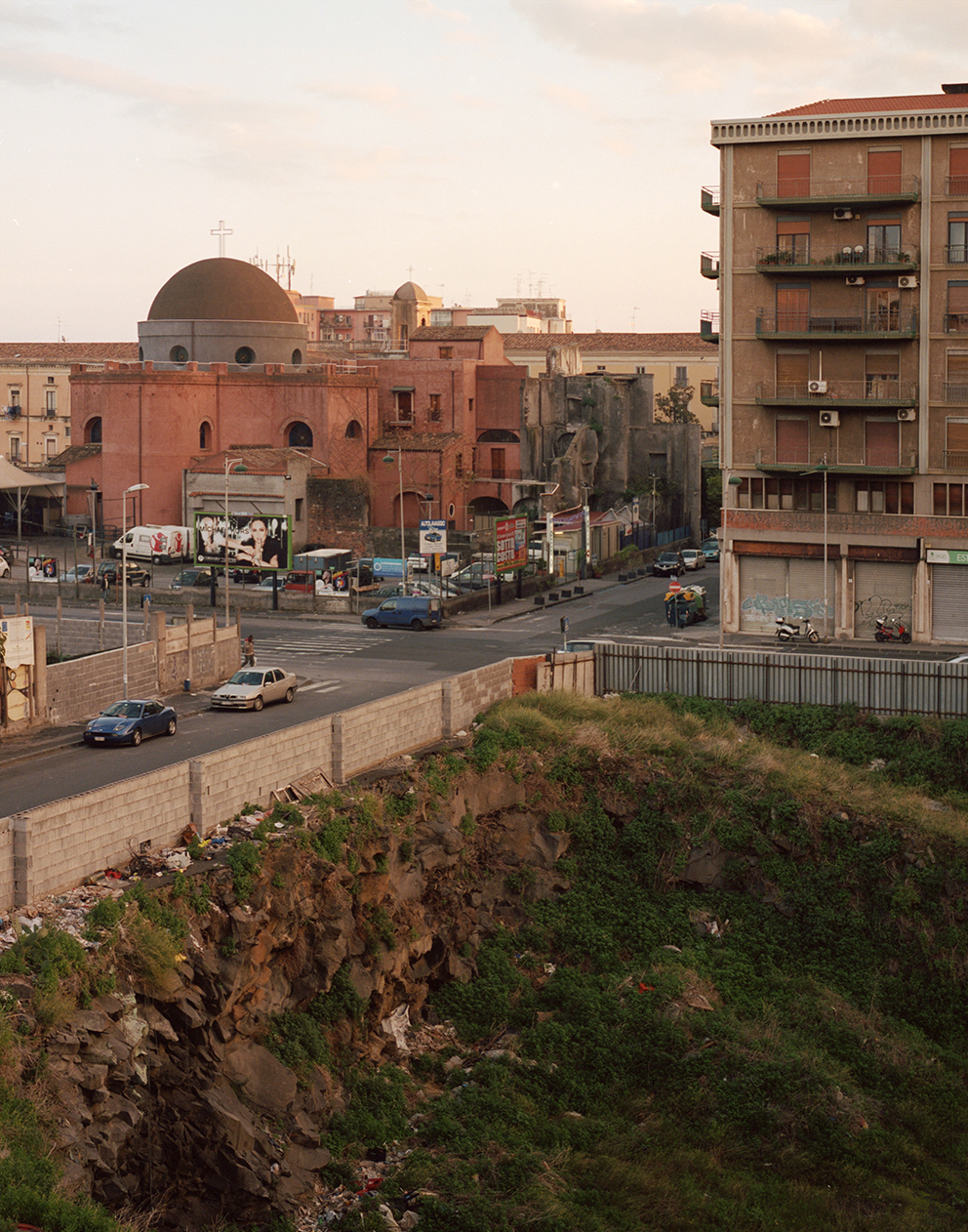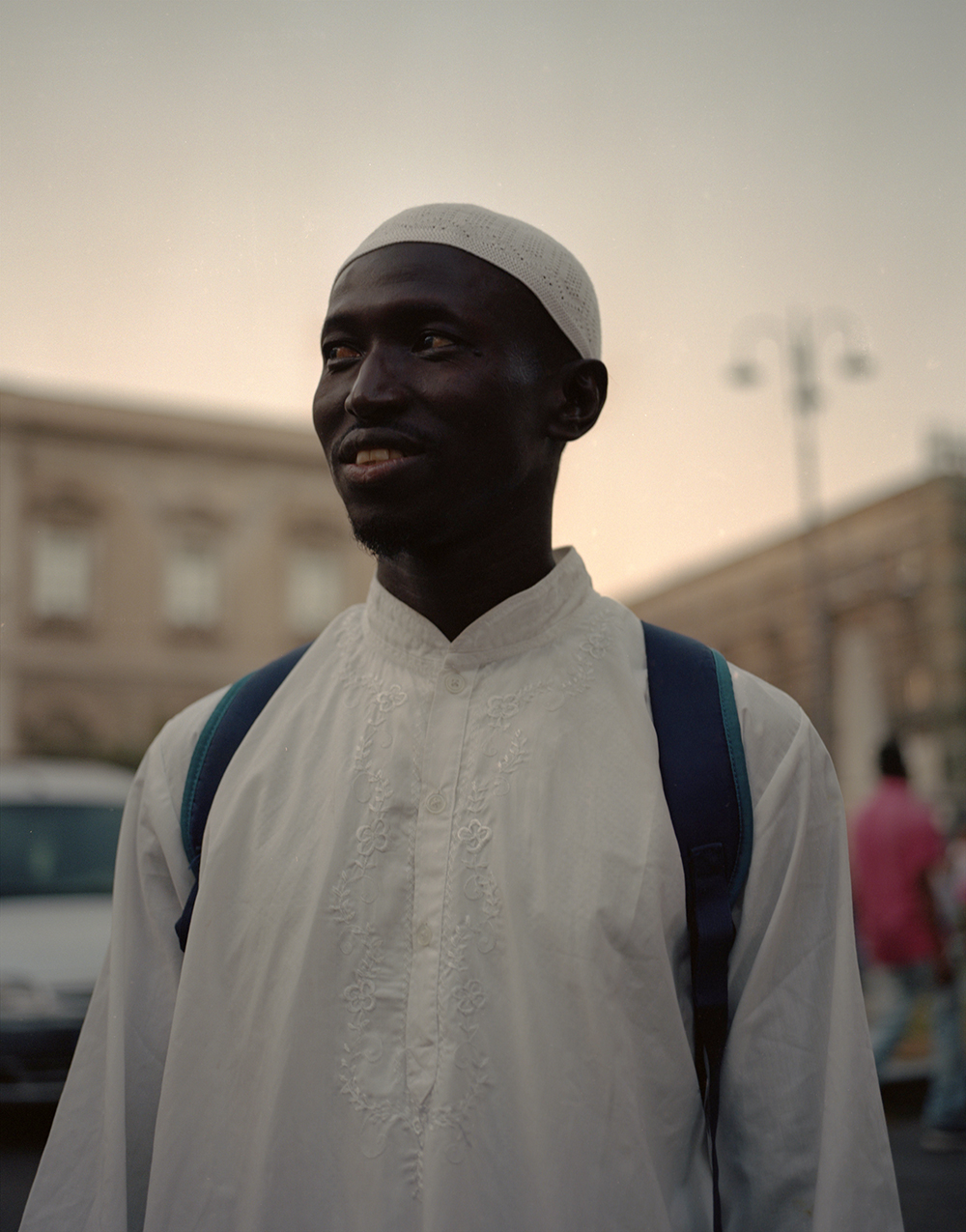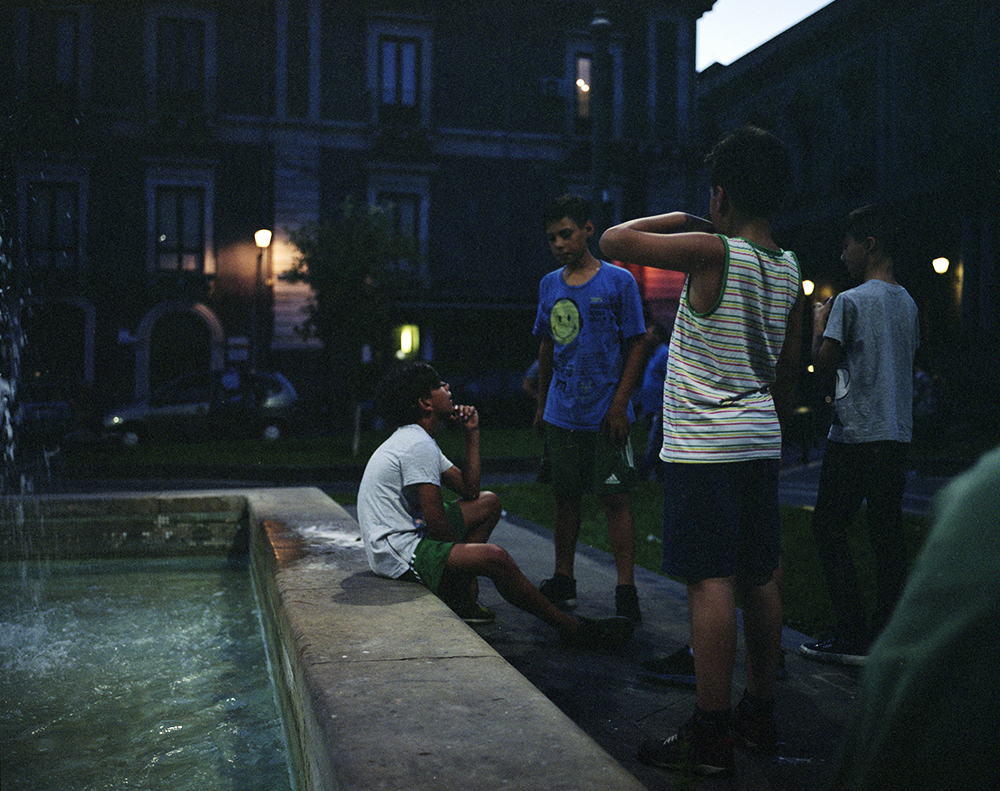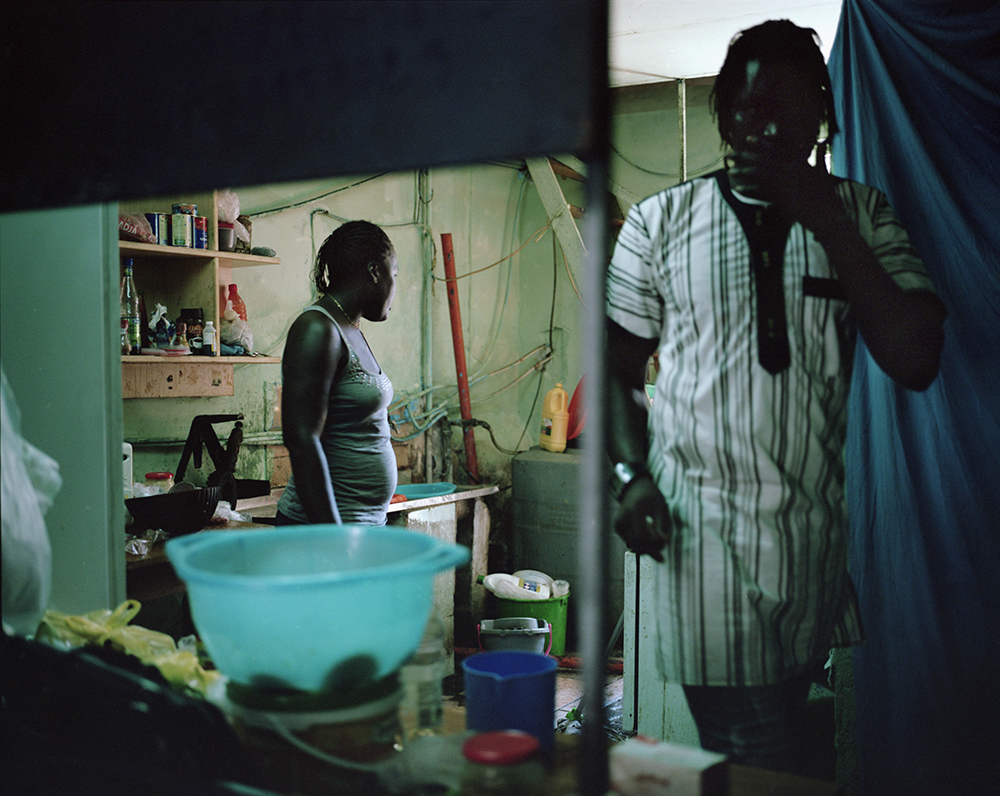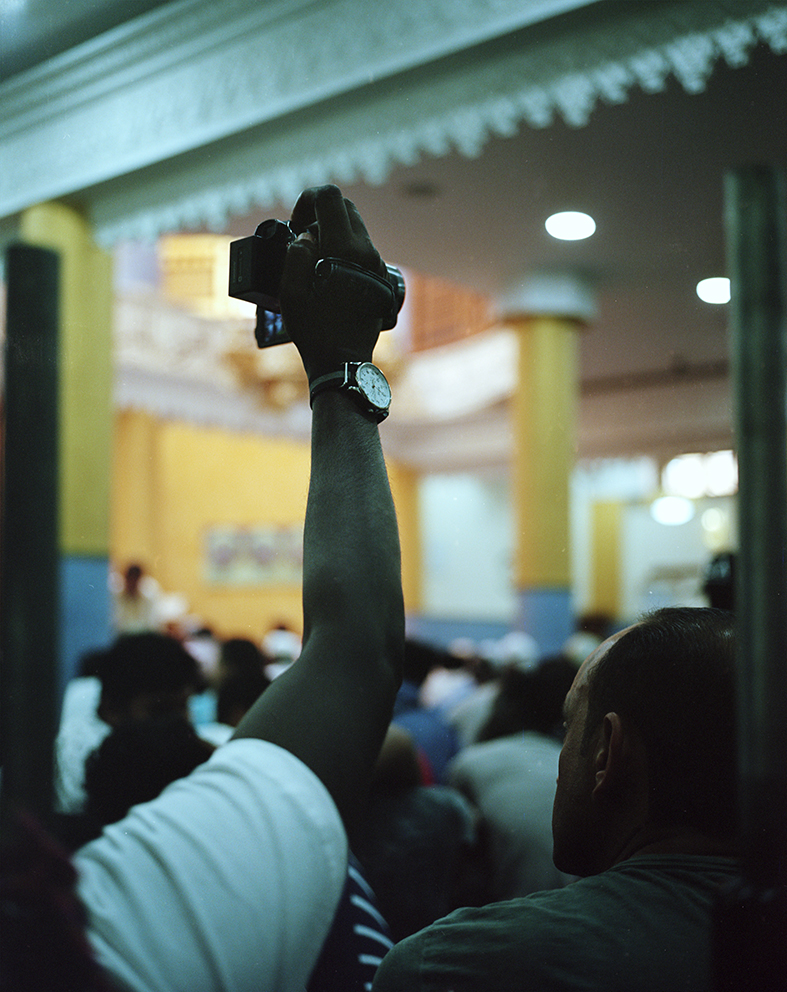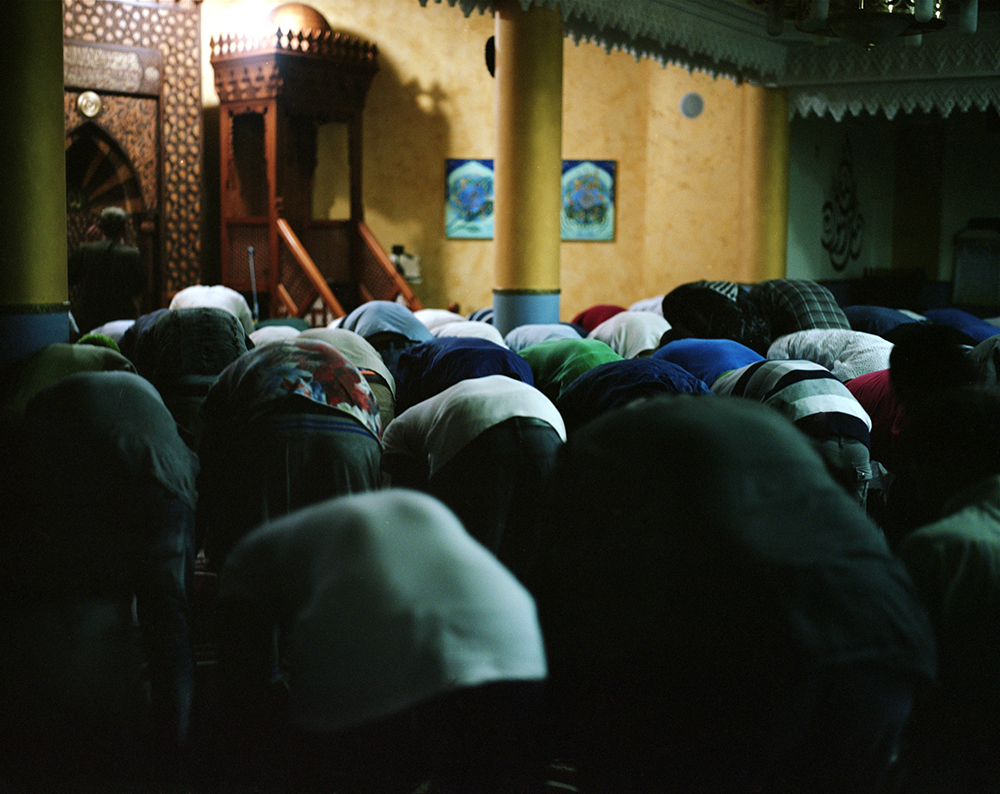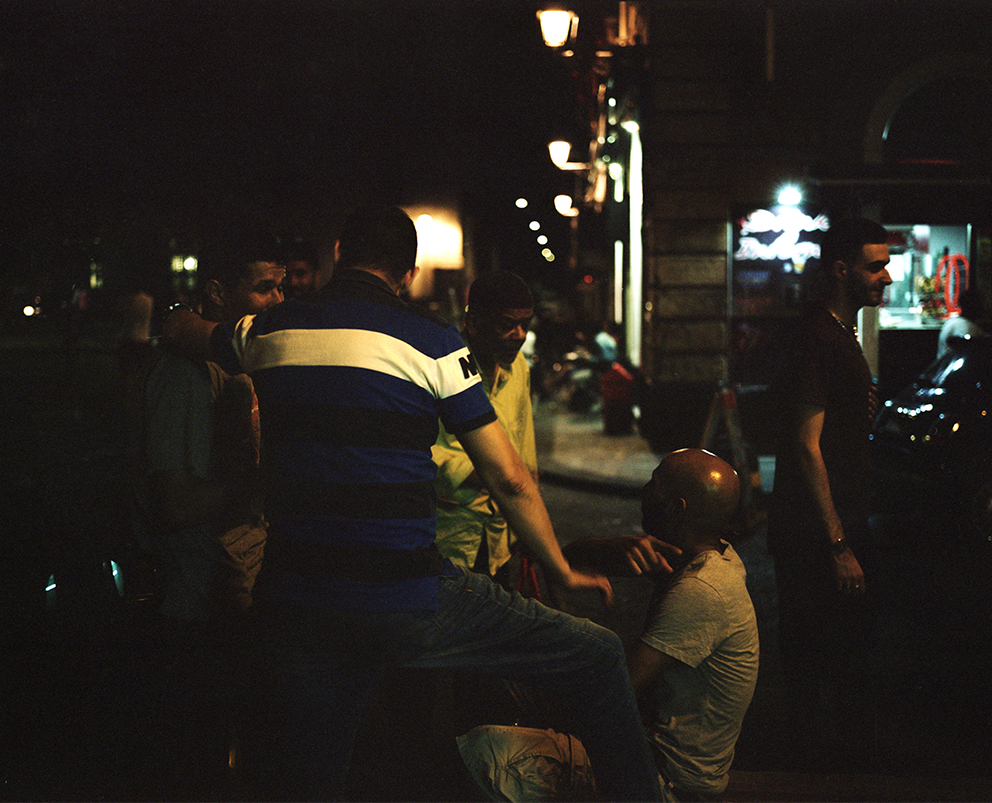“Everyone has been tempted and corrupted by the San Berillo district, even the most unexpected members of society, such as priests in plain clothes came here to satisfy their sexual instincts with prostitutes. Everyone, for one reason or another, has contributed to the survival of these few remaining alleys. The walls of these now empty houses, are still soaked in sperm, and their floors which have been washed and re-washed, are still saturated with erotic pleasures. The air is drenched with early sexual desires and the first orgasms of many Catanesi that here among us have been initiated to the pleasures of sex.
I believe this neighbourhood to be, for better or worse, a symbol of Catania, and my heart belongs to it. People here may have lived criminally, in promiscuity, immorality and perdition, but it is here in this place that people feel free from any law and rules, from any frame of mind and social prejudices, because it is here that all human instincts are set free.”
In the heart of Catania, the second most populated city in Sicily, raises the San Berillo district.
Once one of the biggest open-brothels in Europe, San Berillo became the theatre for a gigantic requalification intervention in 1958 which led to the mass movement of approximately 30.000 people towards a disconnected suburb in the west-end of the city.
Large part of the district has been teared-down to rubbles, only a small part was left to its original status, with most of its buildings abandoned and left falling in decay. The modernization process characterizing the rampant growing economy of the 60’s, generated the void in which migrants, prostitutes and people from the poorer classes came back seeking for affordable rents or abusive housing, paradoxically re-empowering a social phenomenon that was meant to be annihilated by the requalification.
Today the district is inhabited by a mixed demography, including the now established Senegalese community, co-existing with the new wave of migrants from West-Africa and South-East Asia, a varied group of italian striving through everyday life by any mean in both legal and illegal businesses.
The architectures, old-fashioned and decaying, the warm pastel-colored palette and the sun barely hitting the streets throughout the day confers a specific light-connotation to the area which inevitably leads to think of Caravaggio’s Chiaroscuro, further empowering the romantic and fascinating energy of the scenery.
The spicy steams coming from the Senegalese Big Mama’s kitchens inundates the tangle of streets and mixes with the scents of incense coming from the “working ladies” rooms, the smoky brazier’s charcoal in winter and the hashish and marijuana whiffs from the west-Africa dealers at the corners of the alleys. An extraordinary meltin’pot of humanity blended and pooled together by its outcast status, spirituality and need for housing, co-exsiting in a silent, tense and sinister balance.
This project investigates such phenomenon under the perspective of the entropy effect of a capitalistic society.
The heating temperature created by the energy dispersed in years of complex urban speculation, profit and fierce human exploitation has generated a modern demography, a “primordial soup” which will potentially be the core of the crossbred future generations. The series aims at depicting such place as the primordial-soup of the upcoming society, born from the ashes of political, administrative and social failures of the past decades.

